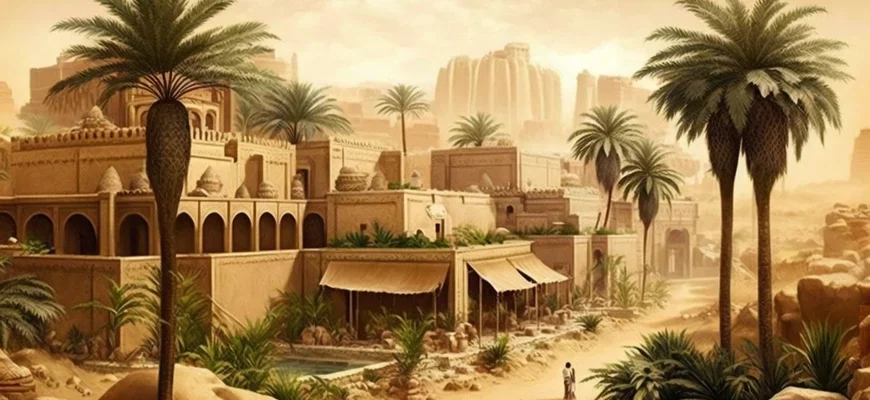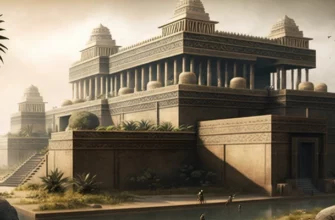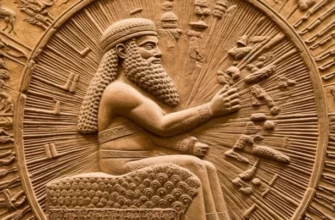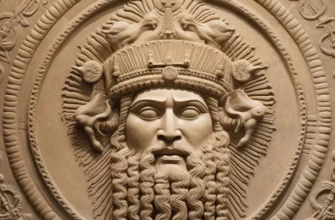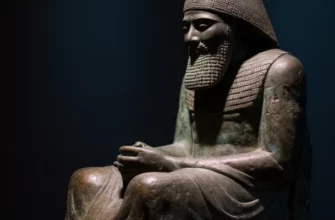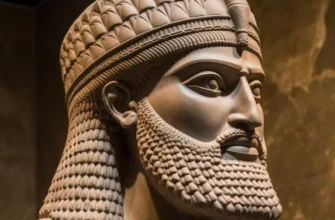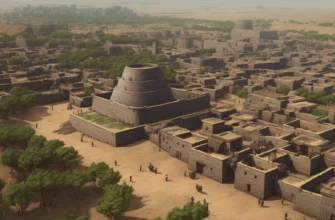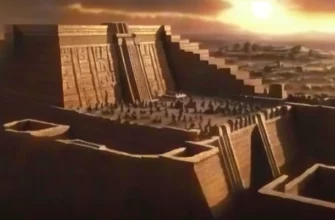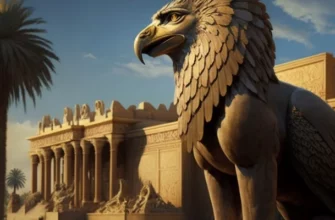Mesopotamia is the cradle of civilization, where one of the first forms of organized society appeared. Its culture had a significant impact on the development of humanity. In this article, we will examine the history, religion, art, science, and social organization of ancient Mesopotamia. We will also explore how it interacted with other civilizations and what impact it has had on our world today.
Art and Architecture
The art and architecture of ancient Mesopotamia were an important part of its culture. Painting and sculpture reflected religious motifs and everyday life. Architecture included the famous ziggurat temples and palaces, which were lavishly decorated. The most famous examples of Mesopotamian art are the Ishtar Gate in Babylon, the Ziggurat of Ur in Ur, and the White Palace Hall in Nineveh. Their innovative techniques and designs influenced the art of subsequent centuries.
Painting and sculpture
Painting and sculpture in ancient Mesopotamia were of great importance for religious and everyday purposes. Painting depicted gods, heroes, and everyday life, while sculpture often had a religious purpose and served as a shrine. The most famous examples of this art are the reliefs on the walls of palaces and temples, which depicted religious and mythological scenes. Sculptures were made of stone and clay, often depicting gods, leaders, and heroes. This art allowed the ancient Mesopotamians to express their ideas and religious beliefs, and its achievements influenced the art of subsequent eras.
Architectural achievements
The architectural achievements of ancient Mesopotamia are impressive in their complexity and innovation. The famous ziggurat temples and palaces, which were decorated with reliefs and sculptures, were one of the main features of Mesopotamian architecture. In addition, the cities had sewage, water supply, and irrigation systems, which were engineering achievements of the time. The most famous architectural monuments of Mesopotamia are the Ishtar Gate in Babylon, the Ziggurat of Ur in Ur, and the White Palace Hall in Nineveh, which reflected not only a high level of technical skill but also the rich religious and cultural traditions of the civilization.
Science and technology
Science and technology in ancient Mesopotamia were at a high level. Mesopotamian scientists developed mathematics, astronomy, medicine, and other sciences. They created their own writing system, which became the basis of modern writing. In addition, the ancient Mesopotamians used inventions that became the basis of modern technology, such as the wheel, the airplane, the loom, and others. The technological achievements of civilization were used for economic growth and trade development, as well as in the construction of engineering structures such as bridges and canals.
The cultural influence of Mesopotamia
The cultural influence of Mesopotamia was enormous on the development of world culture. Mesopotamian inventions and achievements in science, art, architecture, law, and other fields were passed on to subsequent civilizations, such as the Persians, Greeks, Romans, and others. Innovations such as writing, the calendar, the wheel, and other technologies became the foundation for the further development of humanity. Mesopotamian cultural traditions, such as religious rituals and stories, also influenced the formation of the cultures and traditions of subsequent generations.
Conclusion
The culture of ancient Mesopotamia was very rich and diverse. It had a huge impact on the development of world culture and scientific achievements. Mesopotamian scientists, artists, and architects created wonderful works of art and architecture, invented new technologies and recording systems that became the basis for the further development of humanity. The cultural traditions of Mesopotamia were passed on to subsequent civilizations, whose influence can still be felt today. Therefore, the culture of ancient Mesopotamia deserves respect and admiration.
